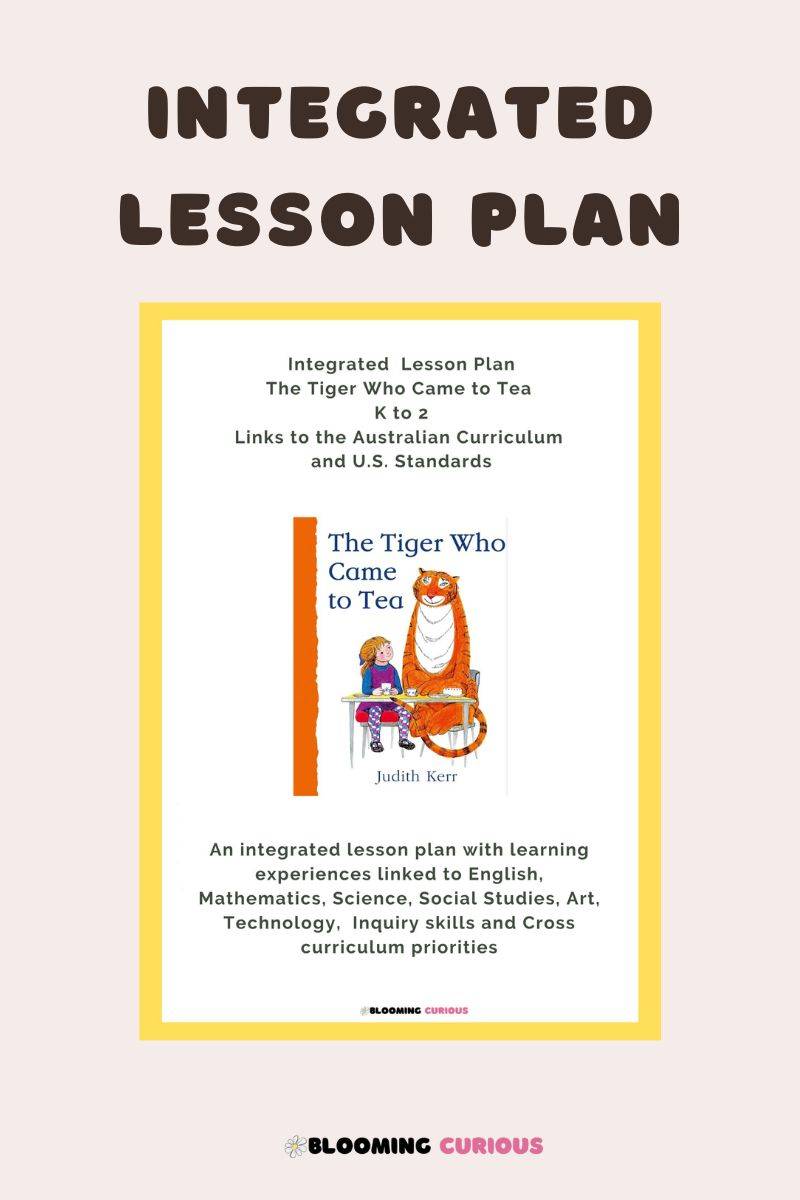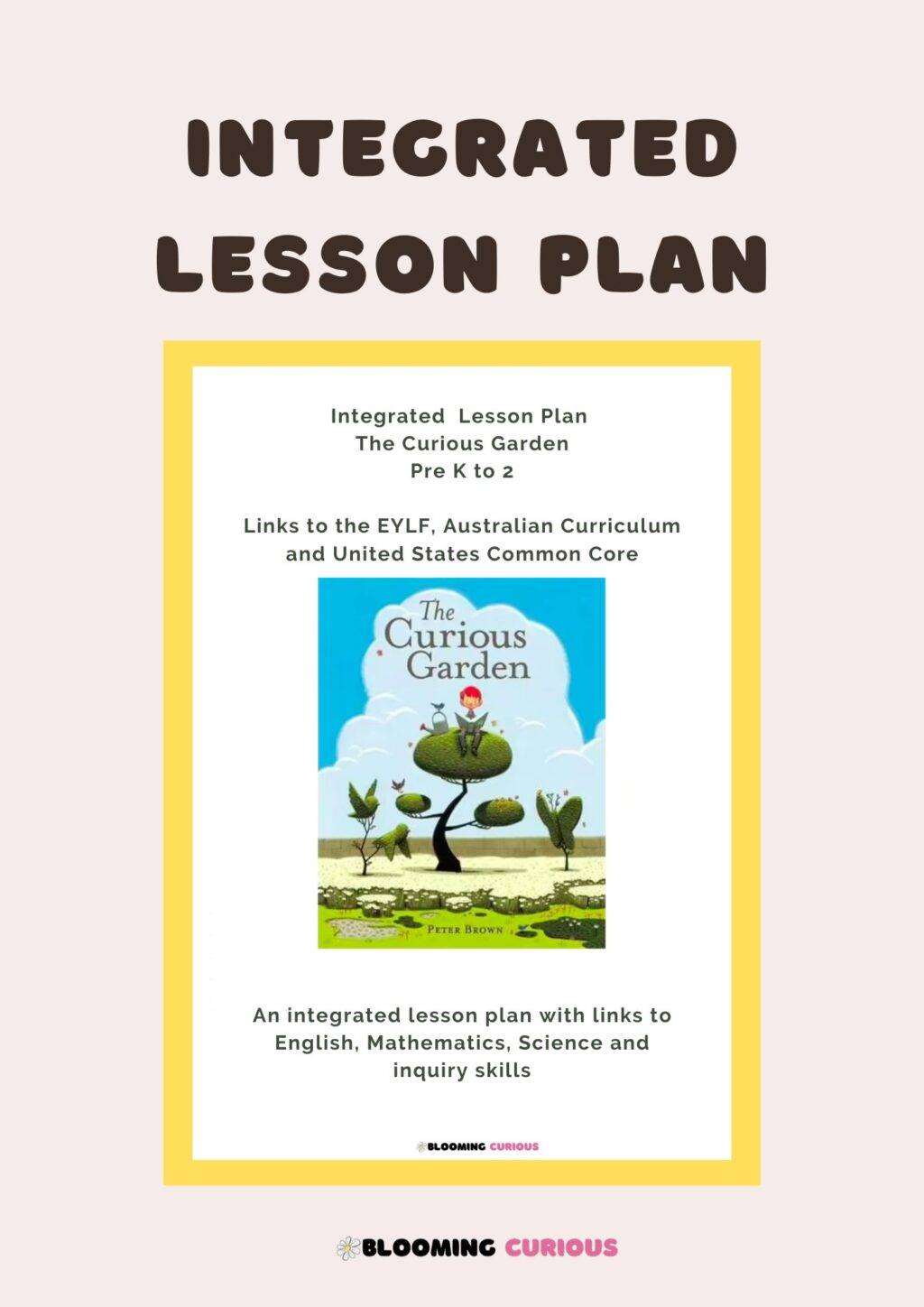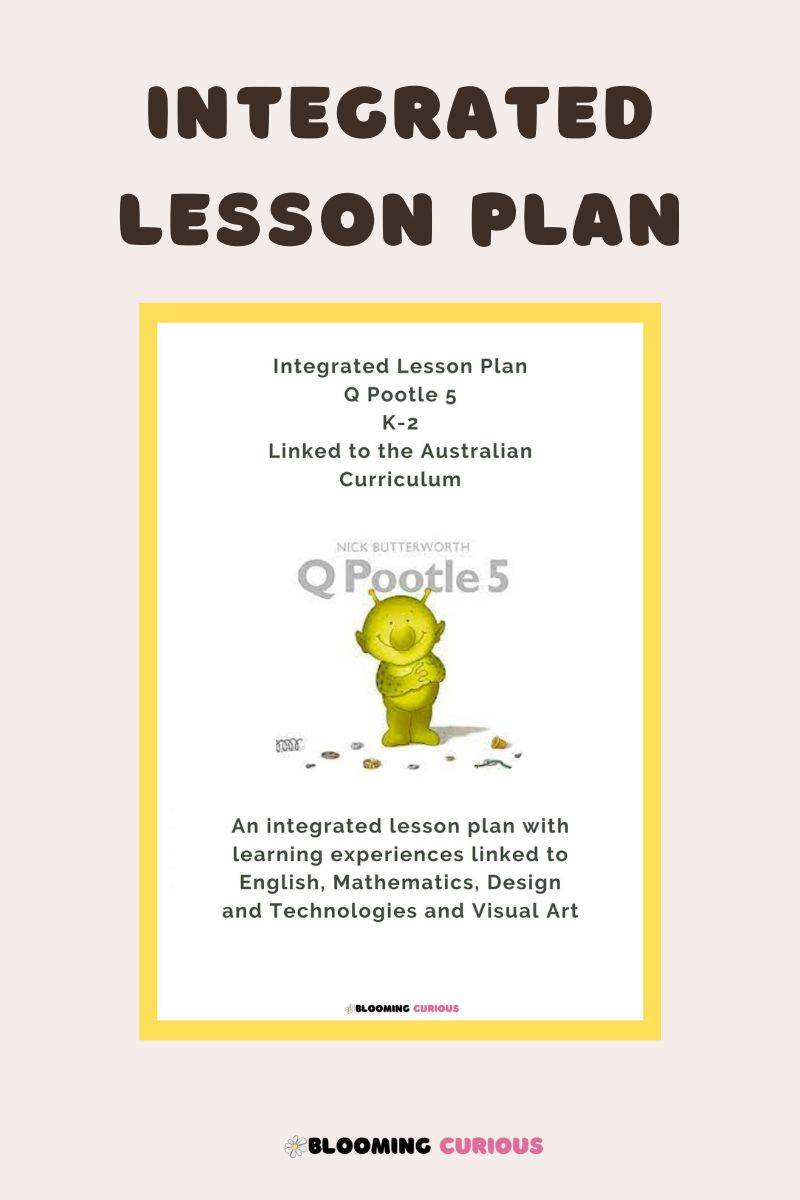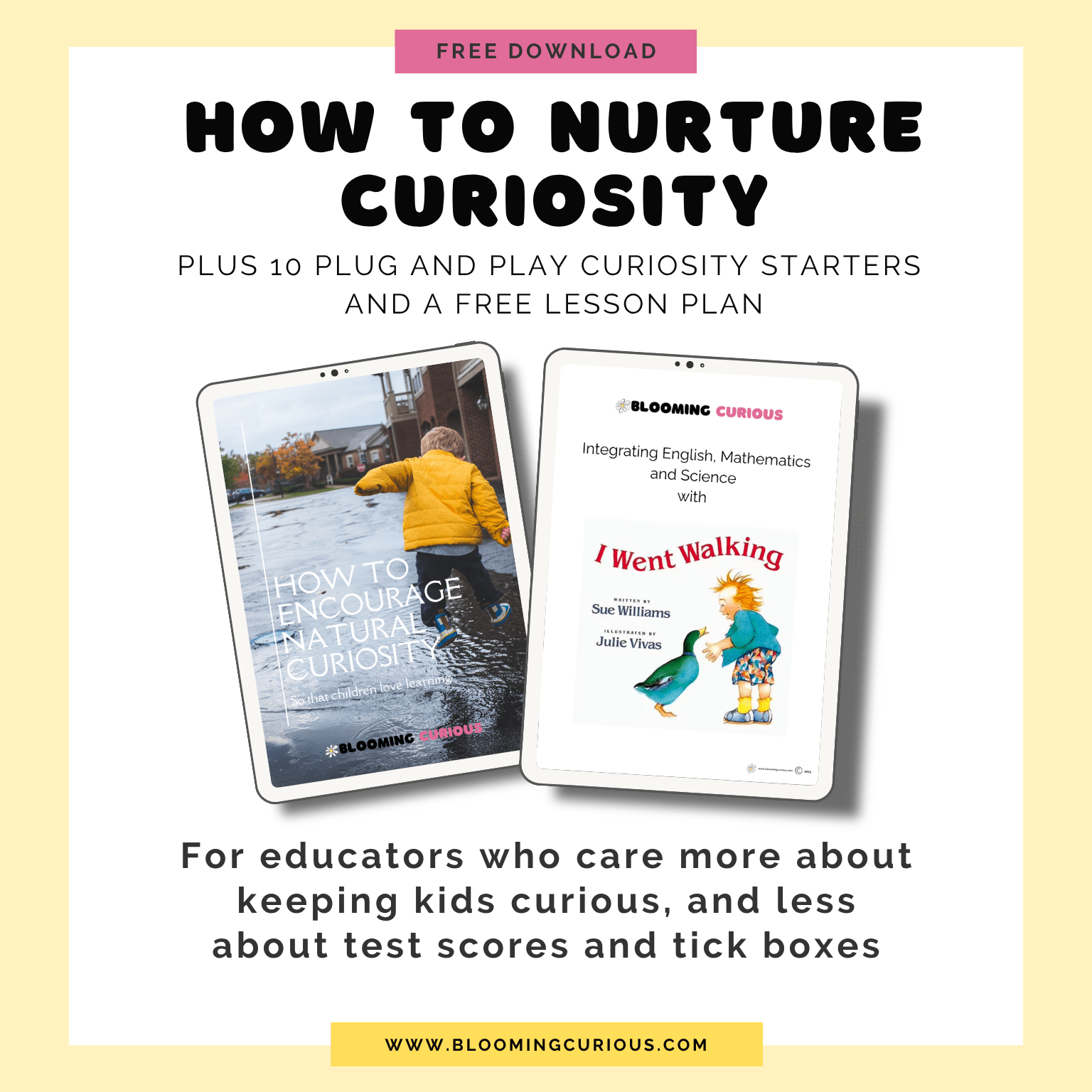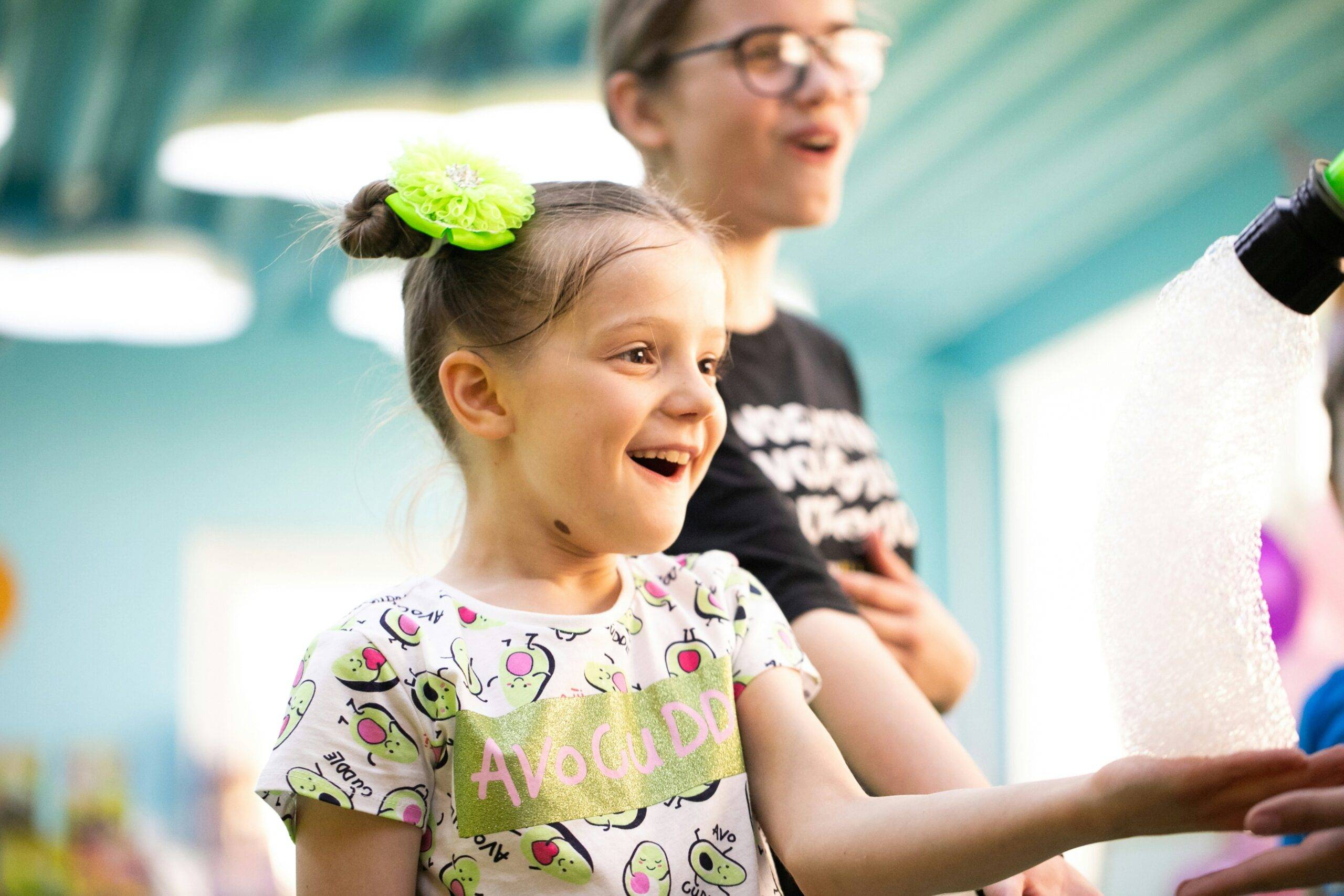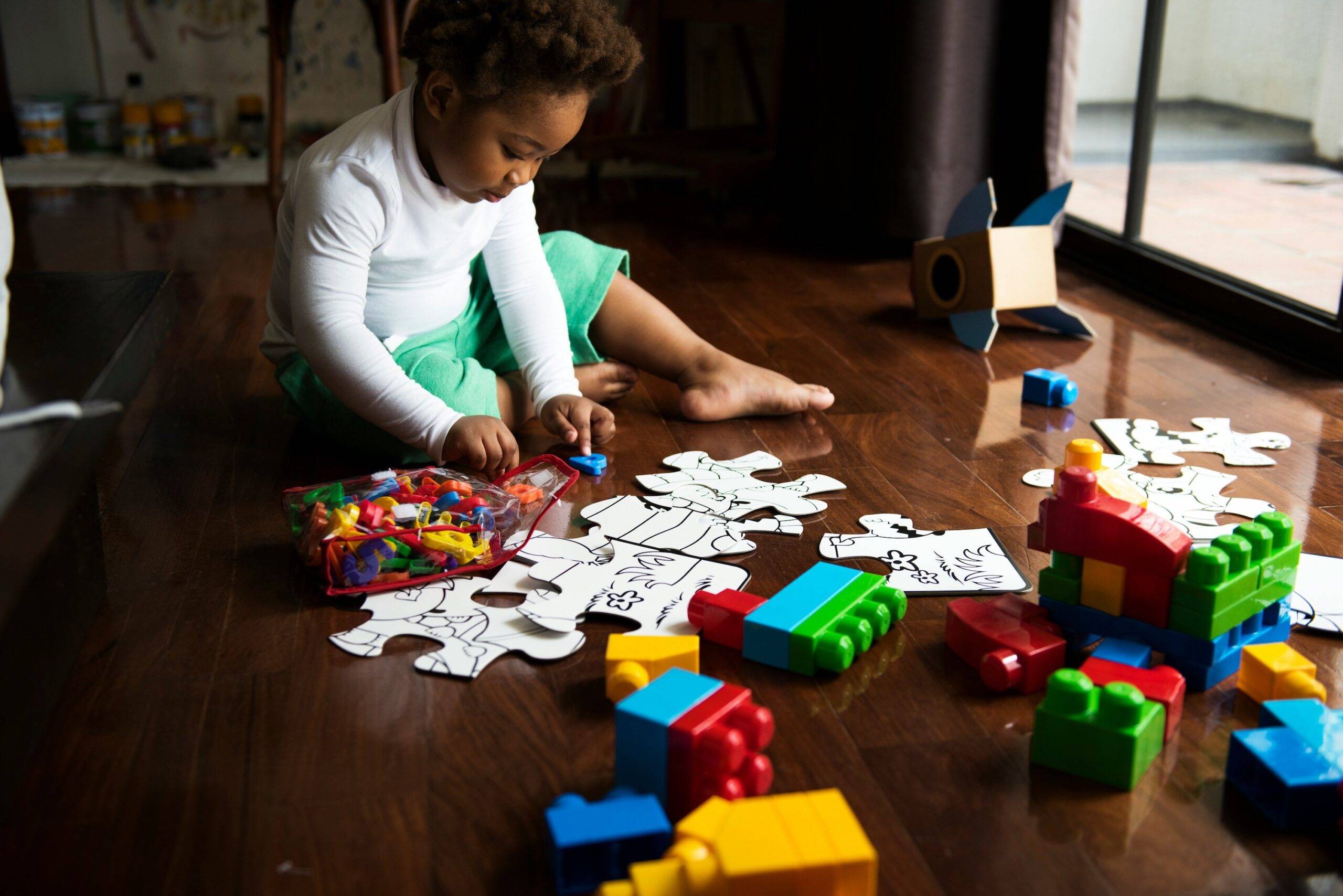Some of the links below may be affiliate links. This means that, at zero cost to you, I will earn an affiliate commission if you click through the link and finalise a purchase. All product recommendations are products that I have used and loved, or products that I would recommend based on experience.
Today we’re diving deep into the realms of scheduling, visual timetables, and the integration of inquiry-based learning into your daily classroom routine.
The Power of Visual Timetables
Visual timetables are a game-changer in the early childhood classroom. Children thrive on routines and predictability, creating a sense of safety that enhances their ability to learn. Utilising picture schedules with colourful images or icons guides children through the day, easing transitions and reducing anxiety. Displaying the visual timetable during morning circle time establishes expectations, and as trust grows, students can take on the responsibility of displaying daily activities as part of the morning ritual. Ready-made visual timetables can be downloaded from websites like Twinkl or Teach Starter, but of course you can also create your own. Visual timetables are especially beneficial for neurodiverse children, offering a personalised roadmap tailored to their unique needs.
Non-Negotiables: Anchors of Stability
The early childhood classroom comes with essential activities—story time, outdoor play, snack time, show and tell, and circle discussions. These non-negotiables serve as anchors, providing stability and familiarity for the children. Identifying these core elements is crucial, as they form the foundation around which the daily schedule is built.
English is a daily non-negotiable. From Pre Primary ( or if you’re in America) Kindergarten) you will focus on phonics and building phonological awareness that is the sounds in words. Phonics should be taught daily, systematically and explicitly. You will need to find or use a program that delivers phonological awareness on a daily basis. This shouldn’t take more than 10 minutes during your morning circle time. Actually, phonological awareness begins way before PP, when children can be made aware of the sounds in words through nursery rhymes and rhyming picture books. You can download a list of my favourite rhyming picture books for children here and read more in this blog post.
Mathematical concepts too are non-negotiable. I personally love Dr Paul Swan’s resources where he tells you exactly how to plan and how to reach every mathematical milestone.
So English in all its nuances and mathematics are non negotiable.
Streamlining the Curriculum
As educators, we often grapple with the question of whether young children truly need exposure to the extensive curriculum areas. I challenge the necessity of the range of curriculum subjects that are required to be taught in early childhood. I would prefer to see a focus on English, Math, Art, Music, and Stem, or more specifically, inquiry projects sparked by children’s interests, nature and picture books.
In order to streamline the curriculum our emphasis must be on integrating subjects through meaningful, inquiry-based learning, while still teaching core subjects like English and Mathematics, new concepts and skills using explicit instruction.
The Magic of Inquiry-Based Learning
Inquiry-based learning is the secret sauce, transforming lessons into engaging and meaningful experiences. Instead of merely presenting facts, this approach nurtures curiosity, encouraging children to ask questions, explore, experiment, and discover.
For instance, during playtime, if kids are fascinated by insects, turn it into a mini-project! Build on their interest by reading books about bugs, creating an insect habitat, or even going on a bug hunt outside. It’s about harnessing their natural curiosity and making learning an adventure.
Just by taking this interest in insects for example we can teach language concepts, mathematical concepts, ( e.g. if you have 3 beetles, how many legs would they have altogether? And right there you are now learning about groups of, which is actually repeated addition and multiplication so 3 groups of 6).
What about teaching kids about asking really good questions that lead to discovery? This forms part of Inquiry Skills which is part of the Australian Science and HASS curriculum.
In year 2 for example, we teach report writing – check out my favourite book in the world Pie Corbett’s Talk for Writing Across the Curriculum which is a fantastic resource for teaching non-fiction writing.
So we’re linking our teaching of report writing to children’s inquiry project about insects. And in addition, children can draw and paint or even make models of their favourite insect which ticks off the art and technology curriculum.
This simple example of students’ fascination with insects turns into a multi-faceted inquiry project spanning language concepts, mathematical concepts, inquiry skills, writing, and art.
Practical Integration of Inquiry into Schedules
The big question is: How do we integrate inquiry-based learning into our daily schedule? We dedicate blocks of time where children can delve into their interests. It could be a part of your morning circle or an afternoon session allowing for open-ended exploration within the time frame. This approach not only fosters a love for learning but also allows you to intertwine various subjects seamlessly.
I have always found that English and Math – the heavy lifters are best in the morning when kids are fresh and alert, and then the afternoons can be used for inquiry and investigation which will cover everything from art, technology Science and HASS.
New concepts and inquiry skills and process all still need to be taught explicitly through modelling and scaffolding.
Picture books are also provocations that do a lot of heavy lifting. If you choose the right book, it can cover multiple areas of the curriculum AND align to Science or Humanities OR both!
The lesson plans below all meet multiple curriculum outcomes, have an inquiry component, and hands-on learning experiences along with curriculum links and cater for learners from K to 2.
Save your planning time and your sanity while engaging children in meaningful, engaging learning experiences.
Get your lesson plan below by clicking on the image.
Conclusion: A Tool, Not a Rule
In conclusion, a timetable is a tool, not a strict rulebook. Be open to changes and adapt based on the needs and interests of our learners. And, most importantly we need to remain flexible!
Tune in to Blooming Curious every Tuesday wherever you listen to podcasts for more tips and discussions about how to best serve children’s educational needs and keep them curious.
If you found this information helpful, please share it with someone else who can benefit. Together, let’s spread the word and ensure that more kids benefit.
Listen🎧 to the podcast at https://bloomingcurious.com/podcast-episode/ep-10-scheduling-for-inquiry-based-learning/
Does any of this resonate with you? Then click one of those sharing buttons below and share it with a friend or follower!
Sign up to Get Curious the weekly inspirational newsletter for curious educators below.
Do you have any questions about getting started with inquiry-based learning or perhaps you have a question I can address in future episodes? Then leave me a voice message below.

